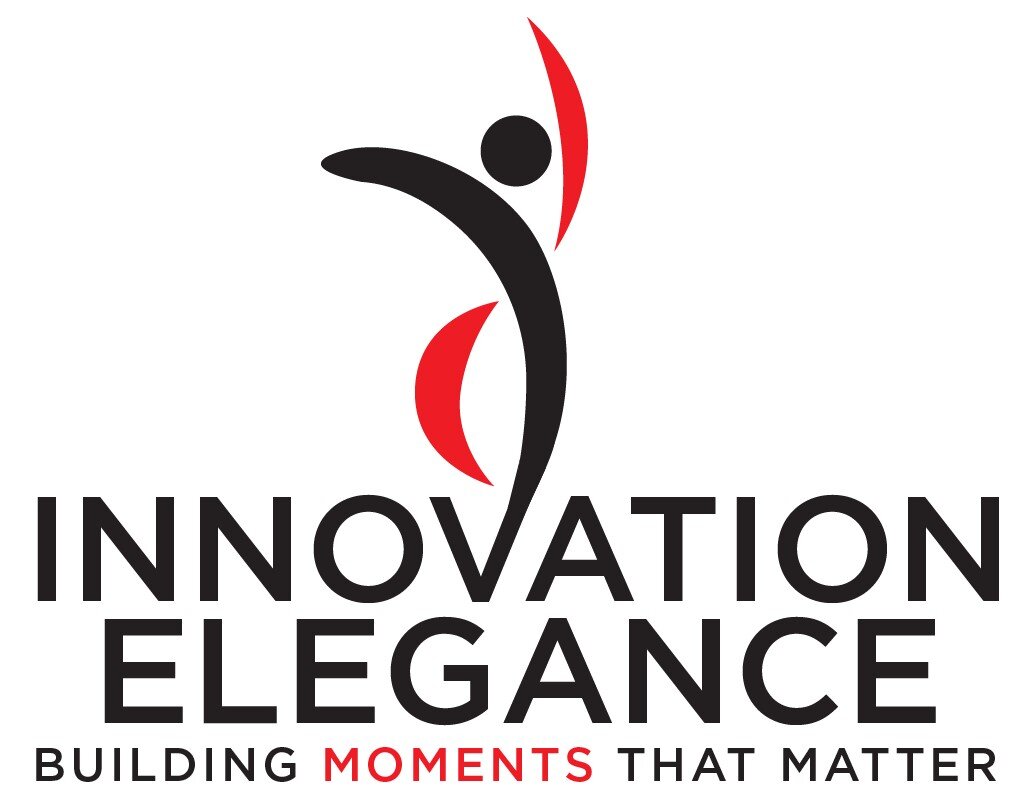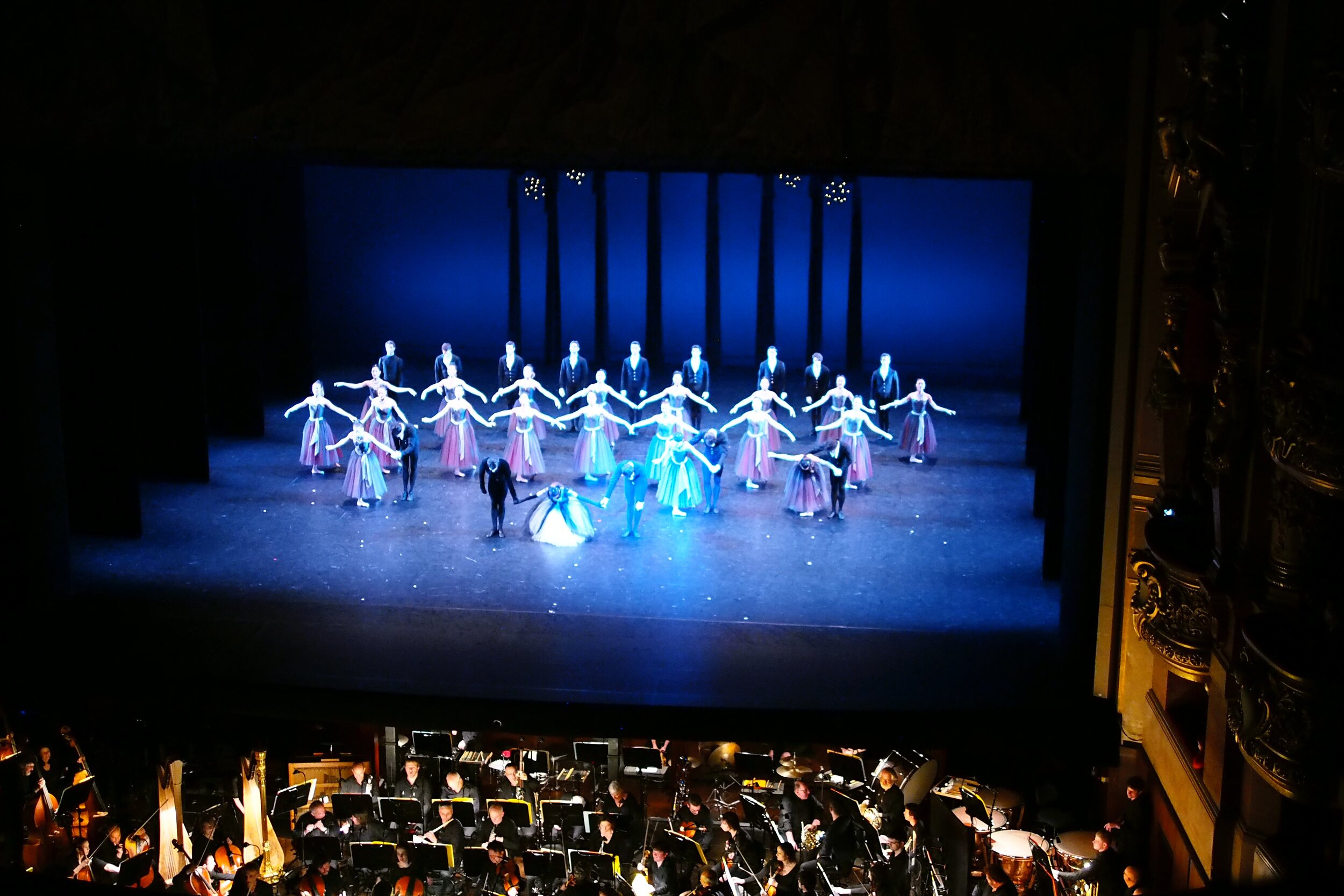What Can Business Learn From the Artist-Audience Intersection?
“The road to success is paved with mistakes well-handled.”
Other blog posts explain culture traits in the arts that give performers collaborative and competitive advantages. This post explains culture traits at the intersection of the artist and audience and how innovation teams can learn from these at their intersection with their customers. The culture traits include a tool to avoid perfectionism, executing the performance, celebration, noting the moments that matter, and building a legacy.
In the arts, the typical arrangement is performer provides time and talent and a passive audience pays for the show (treasure). In business, the traditional arrangement is the innovator provides time and talent and the customer provides treasure (payment). But these relationships vary among the arts, from business to business, and they change over time. Today, many innovation teams reduce boundaries with customers for more customer-centric collaboration. This reduces risk and increases value of innovation.
One lesson that artists know is GETMO – “good enough to move on.” When you must keep a schedule, preparations along the way must pace themselves and avoid perfection when it jeopardizes quality of other aspects of a performance. Innovation teams must do the same. Many customers know that innovation is not instant or perfect, and GETMO is a concept that encourages improvement and acknowledges continual imperfection in the innovation world.
After weeks and months of preparations and rehearsals, artists present their work to their audience in a formal performance. The climax of all the work is Opening Night! The mood is festive, nerves can be high – as are success rates! Innovation teams have a similar journey. After weeks of preparations and testing, innovators present their work to their audience. The climax of the work is the Go-Live Date! Having executed a sound methodology, the mood is festive and success rates are high.
Artists know how to party, and they deserve to. Celebrating is critical to feeling appreciated, feel a sense of accomplishment and sense of closure. Parents celebrate their kids’ first steps, first words, birthdays, and graduations. Actors lead the audience in a curtain call. Innovation teams should celebrate. Collaboration is hard work, teams rarely stay the same, and professionals go in different directions once a project is over.
Artists are thoughtful in building moments that matter for audiences. Those moments that matter can be a dramatic dance pose, a famous melody, and a surprising turn within an improv team. Artists have special moments among themselves, too, out of the sight of audiences. Innovation professionals should be similar thoughtful. Metrics certainly matter, but what innovation professionals remember are moments they create for their customers, with their colleagues, to talk about years later. Moments That Matter can be in the form of points of delight or removing points of pain. You see evidence of the value in the evolving fields of Customer Experience and Employee Experience.
The final culture trait for the arts and for innovation is legacy. As performers enter the second half of their career, they think about what they leave behind, e.g., memories, stories, and portfolios. Legacies are a gift to the future. Innovators also leave a legacy – their reputation, team habits, and an asset portfolio. A solid methodology enables future audiences and customers to enjoy their work. A solid methodology helps future artists and innovators to continue building on what every individual and team leaves behind. Legacies show commitment to long-term value, health, and happiness.
As barriers between innovators and customers fall, lessons from artist-audience intersection become more valuable. Culture traits of GETMO, performance, celebration, special moments, and legacy are great models for innovation teams to learn and profit.



